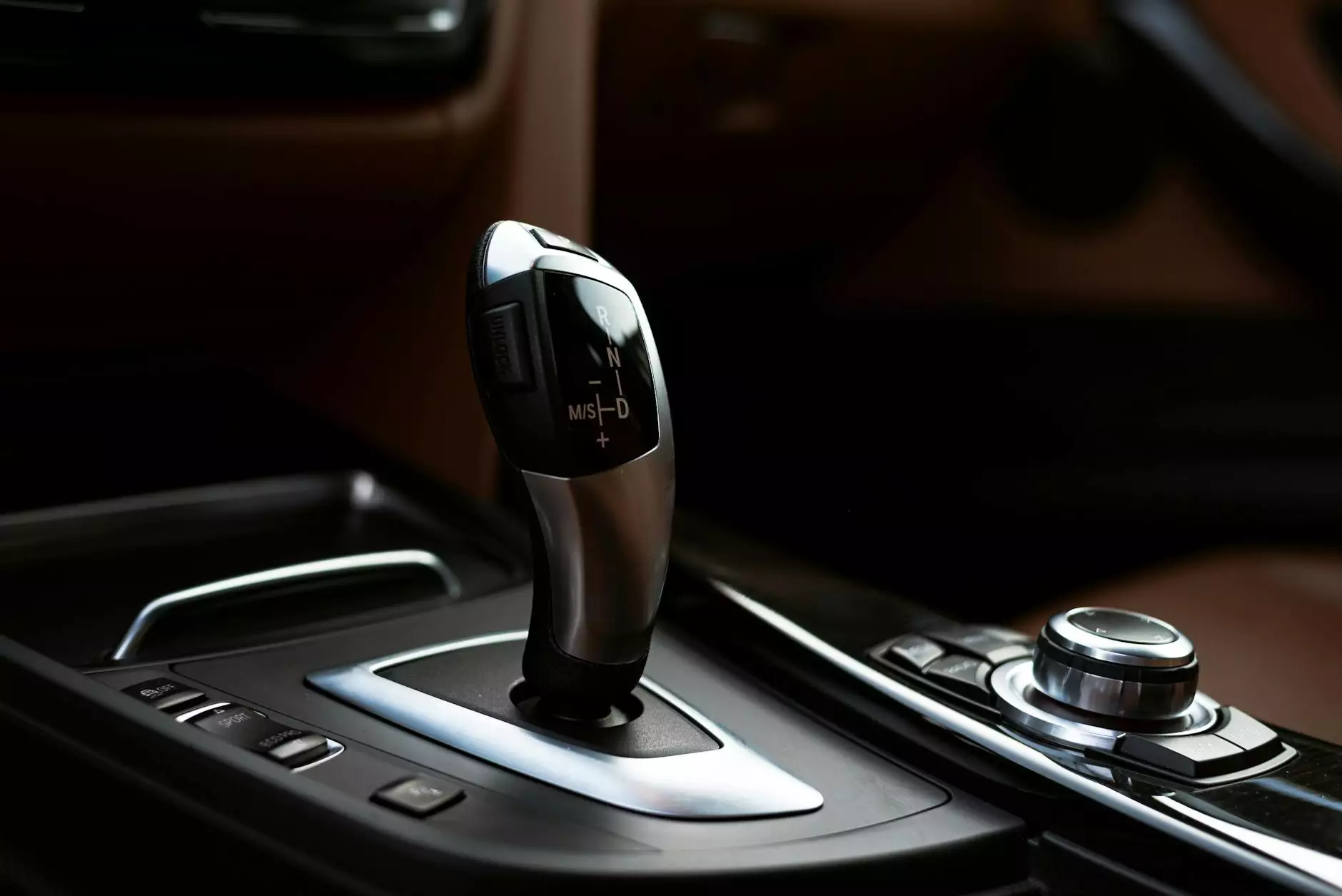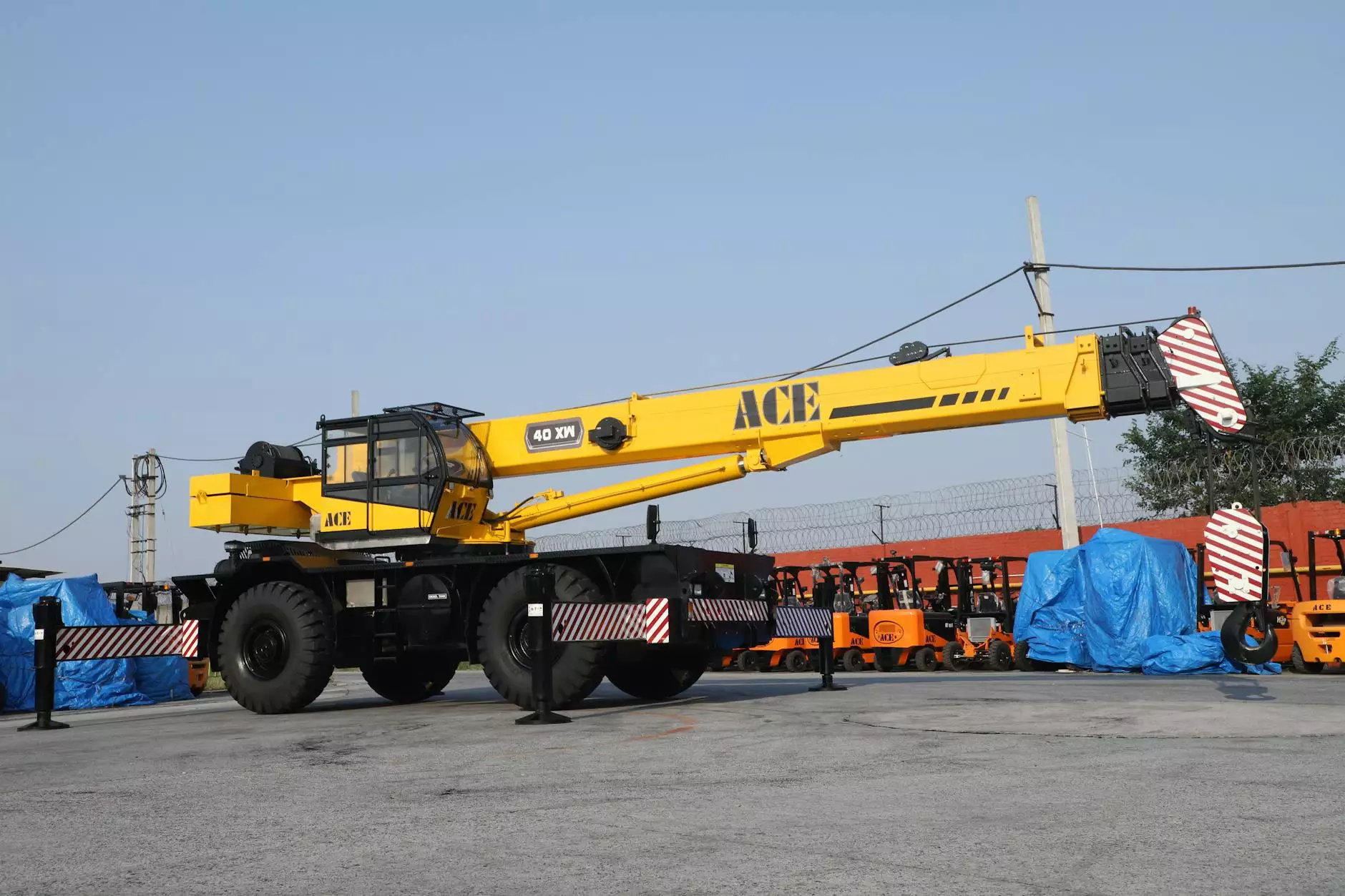The Importance of Clutch and Gearbox in Automotive Performance

The automotive industry is a fascinating world of mechanics, engineering, and innovation. Among the many components that play a critical role in a vehicle's performance, the clutch and gearbox stand out as essential elements for ensuring smooth operation and longevity. In this article, we will delve deep into the intricate workings of the clutch and gearbox systems, their significance, and how they contribute to a vehicle's overall performance.
Understanding the Clutch: Its Function and Importance
The clutch is a mechanical device that connects and disconnects the engine from the drivetrain. It allows the driver to change gears smoothly and is essential for controlling power transfer from the engine to the wheels. When the clutch pedal is pressed, the connection breaks, allowing the driver to shift gears without damaging the engine or transmission.
The Mechanics of Clutch Operation
When discussing the clutch system, it's crucial to understand its components, which include:
- Clutch Pedal: The part that the driver presses to disengage the clutch.
- Pressure Plate: Applies pressure to the clutch disc, ensuring it stays connected to the flywheel.
- Clutch Disc: Engages and disengages from the flywheel when the clutch pedal is pressed.
- Flywheel: Attached to the engine, it provides a surface for the clutch disc to engage with.
When the clutch pedal is pressed, hydraulic mechanisms engage or release the pressure plate, allowing for a smooth shift. This process is vital because it prevents gear grinding and ensures optimal performance during acceleration and deceleration.
Signs of a Worn-Out Clutch
Recognizing signs of clutch wear is crucial. Common indicators include:
- Slipping Clutch: If the engine revs but the vehicle doesn't accelerate as expected, the clutch might be worn.
- Difficulty Shifting Gears: Trouble getting the transmission into gear can indicate clutch issues.
- Unusual Noises: Grinding sounds or a chattering feel can signal problems with the clutch mechanism.
The Gearbox: A Critical Component for Smooth Driving
The gearbox, or transmission, is the part of the vehicle that facilitates gear changes, allowing the engine to operate at different speeds and torques. The gearbox’s primary function is to match the engine's output to the needs of the wheels, providing the necessary torque when starting and improvements in speed when cruising.
Types of Gearboxes
There are several types of gearboxes, each serving varied purposes:
- Manual Transmission: Requires drivers to change gears manually using a gear stick and clutch pedal.
- Automatic Transmission: Automatically changes the gear ratio as the vehicle moves, providing a more user-friendly experience.
- Continuous Variable Transmission (CVT): Uses a belt and pulley system to provide an infinite number of gear ratios for seamless acceleration.
How Gearboxes Work
The gearbox operates by using a series of gears to convert engine speed into wheel speed. When the driver shifts gears, different gear sets are engaged to transfer power effectively. This intricate process allows for optimal performance and efficiency, especially during various driving conditions.
Benefits of a Well-Functioning Gearbox
A healthy gearbox has numerous advantages:
- Improved Fuel Efficiency: Proper gear shifting reduces engine strain, enhancing fuel economy.
- Smoother Acceleration: A responsive gearbox provides seamless transitions between speeds, leading to a better driving experience.
- Longer Engine Life: Maintaining the gearbox helps prevent undue stress on the engine, prolonging its lifespan.
Clutch and Gearbox: A Symbiotic Relationship
The clutch and gearbox work in harmony to ensure the vehicle operates efficiently. When the driver engages the clutch, it allows the gearbox to shift gears without experiencing excessive strain. This synergy is vital for performance, especially in high-demand situations like towing or rapid acceleration.
Common Issues Affecting Clutch and Gearbox Performance
Several issues can impact the performance of clutch and gearbox systems:
- Worn Clutch Components: Over time, parts may wear down, leading to slipping or difficulty in shifting.
- Fluid Leaks: Gearbox fluid is critical for smooth operation; leaks can lead to reduced performance and damage.
- Incorrect Gear Shifts: Poor driving habits can lead to cyclic wear on both the clutch and gearbox.
Choosing the Right Auto Parts: Quality Matters
When it comes to automotive components, quality is paramount. This is especially true for critical parts like the clutch and gearbox. Purchasing high-quality parts can enhance performance, increase safety, and reduce long-term maintenance costs.
What to Look for in Quality Clutch and Gearbox Parts
- Durability: Look for parts made from high-quality materials that withstand wear and tear.
- Brand Reputation: Reputable brands often provide better warranties and customer support.
- Compatibility: Ensure parts are specifically designed for your vehicle model for optimal performance.
Regular Maintenance: Ensuring Longevity of Clutch and Gearbox
Regular maintenance is crucial for ensuring the longevity and reliability of your clutch and gearbox systems. Neglecting maintenance can lead to severe issues down the line, resulting in costly repairs or replacements.
Maintenance Tips for Clutch and Gearbox
- Regular Fluid Checks: Ensure that gearbox fluid is at the correct level and is clean.
- Inspect Clutch Components: Regularly check for wear on the clutch disc, pressure plate, and other related components.
- Avoid Aggressive Driving: Reduce wear by avoiding rapid accelerations and unnecessary gear shifts.
Final Thoughts
The clutch and gearbox are integral to the performance and efficiency of your vehicle. Understanding how they operate and recognizing the importance of quality components and regular maintenance can enhance your driving experience significantly. Investing time and resources into these aspects will ensure your vehicle remains reliable and performs at its best for years to come.
At Shenghai Auto Parts, we specialize in high-quality automotive components, including clutches and gearboxes, ensuring you get the best parts for your vehicle. Don't compromise on quality; choose products that enhance your vehicle's performance and longevity.









